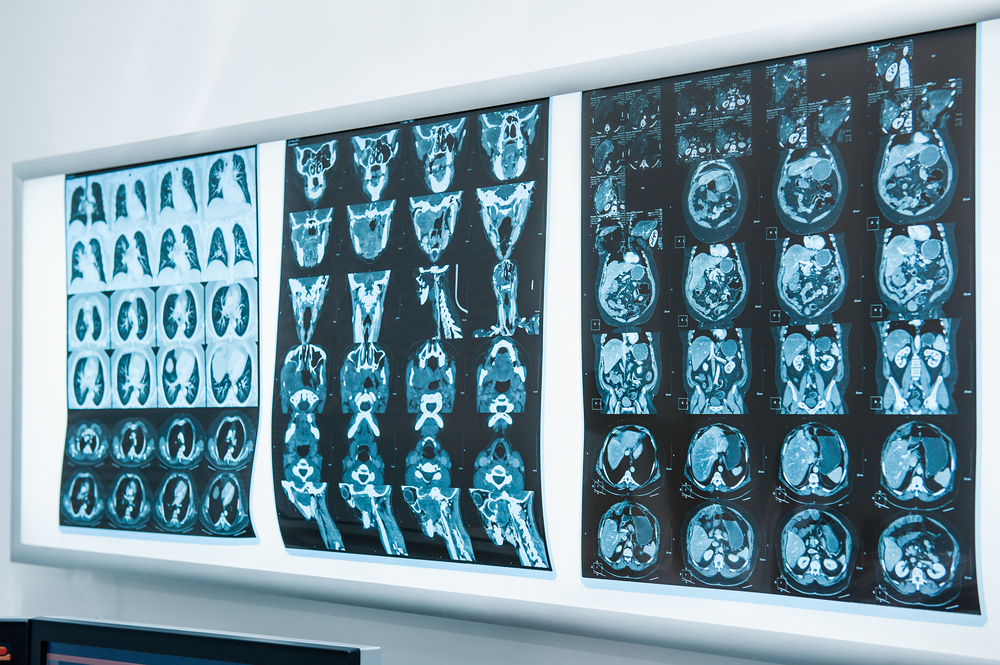
Cedars-Sinai investigators have identified a stem cell-regulating gene that affects tumor growth in patients with brain cancer and can strongly influence survival rates of patients. The findings, published in the online edition of Scientific Reports, could move physicians closer to their goal of better predicting the prognosis of patients with brain tumors and developing more personalized treatments for them.
To enhance understanding of how glioma cancer stem cells (GCSCs) reproduce and how they affect patient survival, investigators spent three years analyzing the genetic makeup of more than 4,000 brain tumors. During their investigation, they identified the gene, called ZEB1, that regulates tumor growth. The investigators’ analysis suggests that brain cancer patients who don’t have the gene tend to have lower survival rates.
“Patients without the gene in their tumors have more aggressive cancers that act like stem cells by developing into an uncontrollable number of cell types,” said John Yu, MD, vice chair of neurosurgical oncology in the Department of Neurosurgery and senior author of the study. “This new information could help us to measure the mutation in these patients so that we are able to provide a more accurate prognosis and treatment plan.”
Brain cancer occurs when cancer cells – also called malignant cells – arise in the brain tissue. This year, more than 23,000 people will develop primary cancerous tumors of the brain. Approximately 16,000 of those patients will die, according to the National Cancer Institute and the American Cancer Society.
Yu and fellow researchers noted that while some brain cancer patients are born without the gene, others have it but over time, the gene has become less powerful – which could have had a role in causing the disease.
“We found an 8 ½-month shorter survival rate in lower grade glioma patients with the ZEB1 gene mutation compared to those individuals who have the gene,” said Yu, who also serves as director of Surgical Neuro-Oncology at Cedars-Sinai. “We are learning that some chemotherapies are not effective in the population of individuals who have the gene deletion so we have to treat them with different medications.”
The study was funded by FasterCures, a center of the Milken Institute, and the National Institutes of Health, grant #NS048959.
Cedars-Sinai investigators who collaborated on the study included Keith L. Black, MD; Lincoln A. Edwards, PhD; Dror Berel; Mecca Madany; Nam-Ho Kim, PhD; Minzhi Liu; Mitch Hymowitz; Benjamin Uy; Rachel Jung; Minlin Xu; Altan Rentsendorj, PhD; and Xuemo Fan, MD, PhD.
Also contributing were researchers from Neuro-Oncology Branch, National Cancer Institute.
The Yu Laboratory focuses on immune and stem cell therapy for brain tumors, cancer stem cells and their microenvironment in brain tumors. Led by Yu, investigators have developed vaccine-based immunotherapy for brain tumors that led to multi-institutional, randomized placebo-controlled clinical trials, as well as bone marrow-derived neural stem cells for the treatment of cancer and neurodegenerative diseases.
Yu said future studies will explore specific drug regimens and their efficacy in patients with gene mutations of the stem cell gene.




